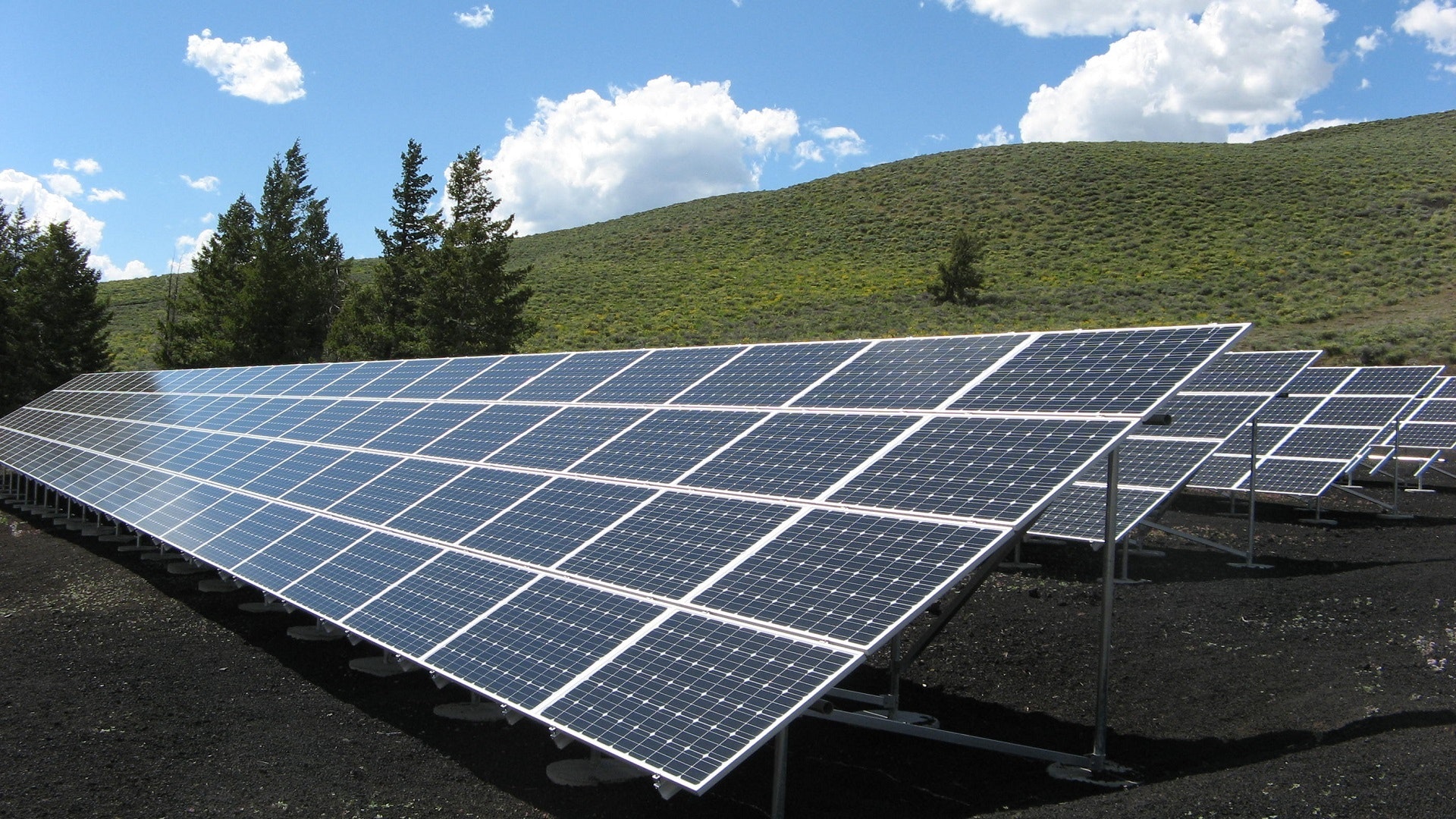Many people think that solar technology is a recent development, but it isn’t new. Humans dabbled in the uses of sunlight since the 3rd Century B.C., when the Romans and Greeks used mirrors to light their torches for religious practices. The Greek scientist Archimedes is believed to have used reflective bronze shields to focus sunlight on the wooden ships of Roman invaders.
These concepts seem primitive, but they helped spark an interest in other ways that the sun could be used. Today, we know that solar power is highly adaptable and can be utilized to power almost anything.
Despite many changes, there are still several misconceptions about solar energy that prevent people from using the technology in their homes and businesses.
The Cost of Solar Panels Has Dropped Significantly
Even though solar technology has been around for centuries, it took a while for it to reach consumer markets. It wasn’t until the 1990s when cost and efficiency came together to create products that could be sold for residential applications.
The average cost of solar cells was $76.67 per watt in 1977. It dropped to under $10 per watt in the 1990s. Despite the dramatic decrease, the price was still prohibitive for most households.
The cost continued to go down, dropping by more than 50% between 2010 and 2014. The lower the price, the more accessible solar has become.
Today, a 3kW system with 12 panels costs between $3,500 and $5,600 to install. A 10kW system with 31 to 40 panels would cost between $9,990 and $15,000. The total price will vary based on location, roof type, solar panels chosen, and the size of the array.
Connect Electric can provide more information on how much a new residential solar system would cost to install on your property.
New Solar Panels Are More Efficient Than They Once Were
The first solar cells were invented in the 1800s and were under 1% efficient. In 1954, Bell Labs developed the first useful solar panel, which increased efficiency to about 6%. That’s good, but still not enough to be practical for household use.
The technology evolved at a rapid pace, increasing efficiency by leaps and bounds. Manufacturers produce equipment that is nearly 30% efficient.
Efficiency will also vary based on the quality of the panel. Higher-end products can produce as much as 25% more electricity compared to the economy-level solar panels that were common in the market in previous years.
Researchers have reached 46% efficiency in lab tests that will likely help improve future solar panel designs.
Solar Panels Will Bring Savings For Years
While solar panels have large upfront costs the electricity they produce will be saving you money for decades. While it is true that solar panels do slowly degrade modern design and construction means that they will still be producing significant levels of electricity even after 20 or 30 years. Most solar panel manufactures guarantee that their solar panels will have degraded less than 20% after 20 years but this varies from company to company. As more and more solar panels get older there is mounting evidence that a 20 year lifespan is on the conservative side and a 30 year lifecycle is not only possible but probably as more and more solar systems around the world cross the 30 year mark while still producing consistent electricity.
Battery Prices Are Dropping Fast
Not only have solar panels plummeted in price the cost of batteries is following a similar trajectory. With solar panels on your roof you have the option of installing batteries which can power your home when the sun isn’t shining. A solar and battery combination has the potential to fully power your home and as battery prices come down more and more people are making the switch.
If you invest in solar now you can save money on your power bill and wait until batteries reach a price that suits your personal situation. With battery prices continuing to fall it is conceivable that a number of people start taking their homes “off grid” relying solely on solar, battery and gas to power and heat their homes.
Incentives Are Available to Help Offset the Cost of a Solar System
The green movement is on the rise, as is a desire to cut costs and live as independently as possible. This has spurred the creation of solar system incentives. These are available in the form of government rebates and feed-in tariffs. Check your individual states policies and see if there are any incentives for you to take advantage of.
The potential savings and impact a solar system can have on your home will vary based on a variety of factors. The size of your home, its age, location and the energy efficiency of your appliances will all have an effect on energy usage. There is a lot of information online about solar and it can at times become daunting. If you’re interested in solar contact a local installer and they can look at options that best suit your situation. Solar technology is advancing rapidly and could help you save money and live greener for years.
The guys from www.connectelectric.com.au want to shed light on these myths and help communities make better choices about how they generate power.

